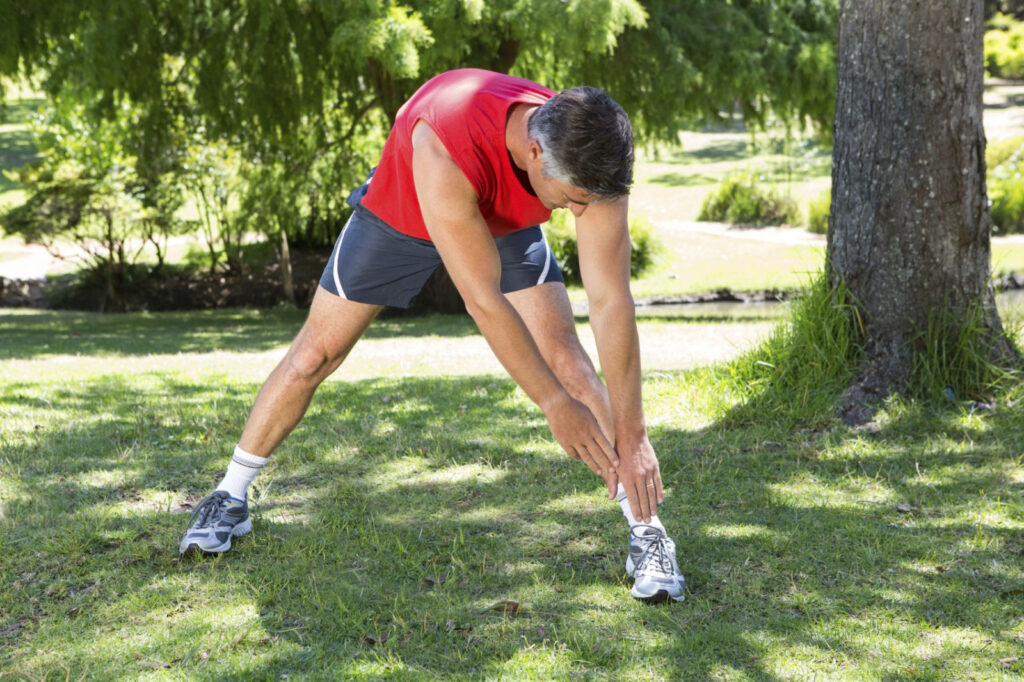Embarking on a workout regimen without proper preparation is like starting a car on a cold winter morning without allowing it to warm up first. Just as a vehicle needs time to get the engine running smoothly, our bodies require a similar gradual transition before and after exercise. The dynamic duo of warming up before and cooling down after physical activity plays a pivotal role in optimizing performance, preventing injuries, and promoting overall well-being.

Warming Up: Igniting the Engine
1. Increased Blood Flow:
A proper warm-up kickstarts the cardiovascular system, gradually increasing the heart rate and pumping more blood to the muscles. This enhanced blood flow delivers oxygen and nutrients, preparing the body for the upcoming demands of exercise.
2. Improved Flexibility and Range of Motion:
Engaging in dynamic stretches during a warm-up helps to loosen tight muscles and improve flexibility. This is crucial for preventing strains and injuries, as flexible muscles are more resistant to stress.
3. Activation of Nervous System:
A well-designed warm-up activates the nervous system, preparing it for the impending physical activity. This not only enhances the efficiency of muscle contractions but also sharpens coordination and reaction times.
4. Mental Preparation:
Beyond the physical benefits, a warm-up provides an opportunity to mentally prepare for the workout ahead. It allows individuals to focus on their goals, establish a positive mindset, and create a mental connection with the upcoming activity.
Cooling Down: Bringing It to a Gentle Halt
1. Gradual Heart Rate Reduction:
After an intense workout, abruptly stopping physical activity can lead to a rapid drop in heart rate, potentially causing dizziness or fainting. Cooling down involves gradually reducing the intensity of exercise, allowing the heart rate to return to its resting state in a controlled manner.
2. Waste Product Removal:
During exercise, the body produces metabolic waste products such as lactic acid. A proper cool-down promotes the gradual removal of these byproducts, reducing the risk of muscle soreness and stiffness.
3. Flexibility Maintenance:
Stretching during the cool-down phase helps maintain and improve flexibility, preventing muscles from tightening up post-exercise. This is particularly important for individuals engaged in activities that may lead to muscle imbalances.

4. Mental Relaxation:
Just as the warm-up offers a mental transition into the workout, the cool-down serves as a bridge between the exertion of exercise and the return to a state of rest. It provides a few moments of reflection, aiding in relaxation and stress reduction.
Conclusion: Prioritize the Duo for Long-Term Wellness
In the rush to achieve fitness goals, the importance of warming up and cooling down should never be underestimated. These practices are not time-consuming inconveniences; rather, they are investments in your body’s health and longevity. Incorporating a thorough warm-up and cool-down into your exercise routine not only enhances immediate performance but also lays the foundation for sustained well-being. Remember, just as you wouldn’t start a race without warming up your car, your body deserves the same thoughtful consideration before and after every workout. If you do have any pain or suspected injuries and need to see a physio or sports therapist then please get in touch.
If you have any questions about warming up and cooling down and need some pointers then please get in touch here


Recent Comments